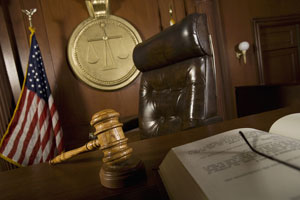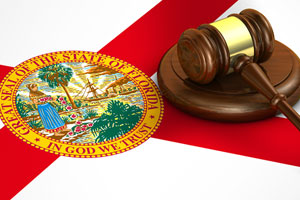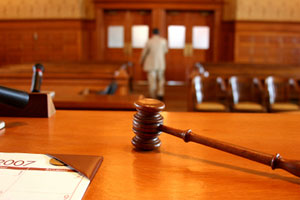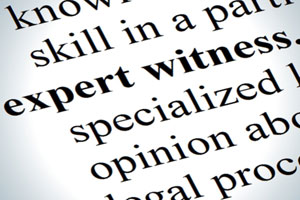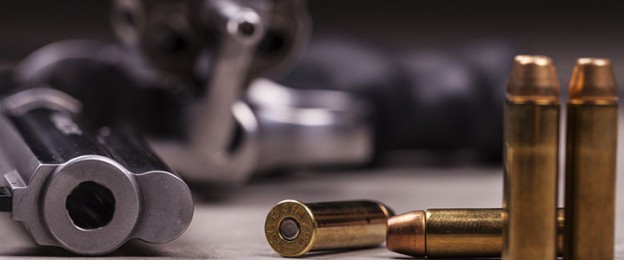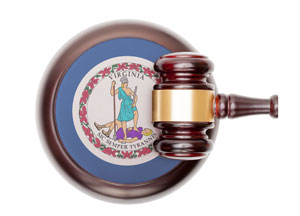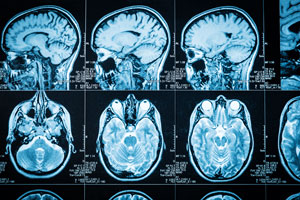A terrorism expert witness took the stand this week in the trial of three Minnesota men accused of joining ISIS and plotting to commit violent acts abroad. The high profile trial highlights recent efforts by state and federal government officials to fight growing concerns over radicalization of young men who are exposed to recruitment videos by terror groups such as ISIS.
Minnesota Men Charged with Plotting to Join ISIS
In 2014 the U.S. Attorney’s Office in Minnesota began investigating activities of a group of Muslim Somali men residing in Minneapolis – St. Paul due to suspicion of conspiracy to join terrorist groups. With the cooperation of a friend of the defendants who secretly recorded conversations, the FBI was able to identify nine possible suspects connected to a plot to fly to the Middle East and join with the terrorist network, ISIS. The group of men allegedly met at parks and Somali shopping centers to discuss leaving the country, and were arrested after some of them drove to San Diego in an effort to obtain fake passports and leave the country.
As a result of a joint counter-terrorism effort between the FBI and local police, a total of nine suspects were detained and charged with plotting to join with and aid ISIS’s terror activities in the Middle East. The arrests shocked the Somali community in the Twin Cities, with critics accusing the government of unfair scrutiny of Somali Americans living in Minnesota which led to unjust accusations of conspiracy to commit terrorism. Despite concerns about the nature of the investigation, six of the men have pled guilty to lesser charges.
The remaining three defendants have maintained their innocence, setting the stage for a trial which will help shape the US Government’s ongoing strategy to investigate and prosecute alleged terrorist conspirators who are exposed to radical ISIS recruitment videos.
National Terrorism Experts Testifies in Minnesota Trial
The three suspects who chose not to plead guilty – Guled Omar, 21; Abdirahman Daud, 22; and Moahmed Farah, 22 – claim that watching ISIS recruitment videos and discussing the organization with their friends does not mean they became radicalized. In order to support their case against the defendants, prosecutors called Charles Lister, a senior fellow at the Middle East Institute in Washington, D.C., to explain the Syrian conflict and the ISIS terrorist group to jurors in an effort to help them put the defendant’s actions in context. Lister is a terrorism expert with years of experience studying terrorism recruitment efforts such as the ones ISIS has engaged in, and was tapped by the prosecution in order to show jurors that actions like the defendants’ are indicative of terrorist radicalization.
Lister spent the early part of his terrorism expert testimony explaining the Syrian conflict and Arab Spring to jurors, and how these violent disputes gave opportunity for groups like ISIS to bolster recruitment and expand their terrorist network. After a short break, Lister continued his testimony by focusing on the extreme levels of violence and brutality which ISIS uses to advance its ideological mission of world domination. During his testimony, Lister explained the core tenets of ISIS, discussed the organization’s aggressive recruitment strategy, and identified symbols of the organization. Importantly, Lister also pointed out that because ISIS has been designated a terrorist organization, it is illegal to have any relationship or contact of any kind with the network.
Lister’s three hour testimony with prosecutors concluded with the terrorism expert explaining the types of actions people who join ISIS engage in, and the allure the organization has on young Islamic men in the United States. After he was finished with the prosecutors, defense attorneys spent the afternoon questioning him on cross examination.
Attorneys for Accused Minnesota Terrorists Question Prosecution Expert
Attorneys for the defendants took turns questioning the prosecution’s terrorism expert after the state was finished speaking with him. The thrust of the defense seemed to be twofold: first to highlight how the complex situation is in Syria blurs the lines between good and bad; and second to question whether actions like the defendants’ really suggest conspiracy to join terrorist activities. Defense attorneys had Lister explain that not every group in Syria which opposes the existing government is a terrorist network, suggesting that the defendants were not necessarily plotting to join a terrorist group just because they were planning to go to Syria.
Defense attorneys also questioned Lister about whether or not exposure to ISIS recruitment videos and materials meant radicalization. Lister admitted that not everyone who watches ISIS propaganda is a terrorist before court adjourned for the day. The trial of the Minnesota men linked to a plot to leave America and join ISIS in Syria is expected to continue for several weeks as prosecutors attempt to prove that the defendants were part of a growing radicalization movement which warrants state and federal investigation.


